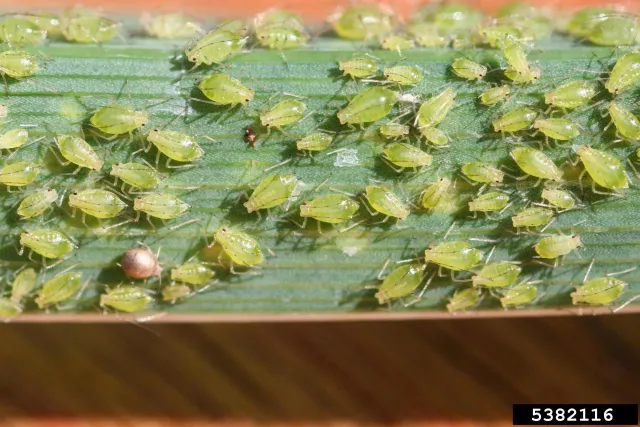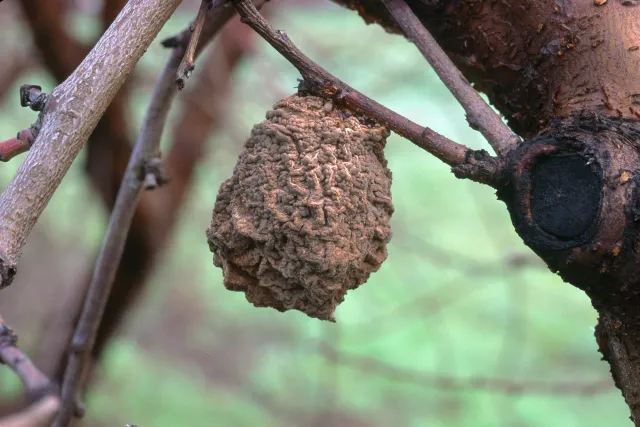Mummies in Your Garden?!
It’s almost Halloween, so many of us are thinking about jack-o-lanterns, skeletons, and mummies. When you think of a mummy, you probably imagine the scary kind inspired by the ancient Egyptian ritual of preserving the bodies of the dead. When we talk about mummies at UC IPM, we mean something completely different!
What types of mummies might be haunting your garden?
Insect Mummies
How scary is it to find the hollowed-out bodies of insects left behind on your plants? You may not have noticed them before but insects such as aphids, scales, and mealybugs are attacked by other insects called parasitoids. Parasitoids are small, sometimes even tiny, parasitic wasps or flies that lay eggs on or inside of their insect host’s body. The larvae of some parasitoids develop inside of the host, consuming and eventually killing it. When the parasitoid matures and emerges, the host’s body (exoskeleton) remains. This is called a mummy.
The next time you find aphids, check for swollen, discolored mummies. Some might have a small, round hole where the parasitoid came out. It might be creepy, but this is a good sign, since parasitoids are natural enemies that provide excellent garden pest control.

Fruit and Nut Mummies
Old, dried-out fruits and nuts that remain attached to trees due to diseases or environmental damage are also called mummies in the world of pest management. These mummies can harbor pathogens and insect pests. For example, fungi that cause brown rot disease can survive through winter in the mummy fruits of almond, peach, and other stone fruit trees. If left on the tree, spores can develop on these mummies and spread to blossoms in the spring. Remove mummies and fallen fruit to protect your trees from pests that can impact next year’s harvest.

To learn more about parasitoid wasps and other natural enemies, visit the Natural Enemies Gallery. For more tips on cleaning up your fruit trees to reduce pest problems, visit our page on sanitation cultural tips. Happy Halloween!
